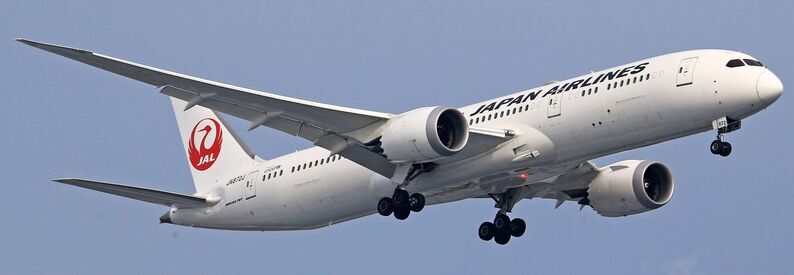Japan and South Korea Launch Fast-Track Immigration Pilot

Japan and South Korea will begin a month-long pilot program in June allowing citizens of each country to use dedicated fast-track immigration lanes upon arrival at select airports. The initiative, announced jointly by both foreign ministries, aims to streamline border formalities and encourage greater people-to-people exchange as part of events marking the 60th anniversary of diplomatic normalization in June 1965.
Under the program, Japanese nationals arriving on flights to Seoul’s Gimpo International Airport and Busan’s Gimhae International Airport will proceed through exclusive lanes reserved for Japanese passport holders. Likewise, South Korean travelers touching down at Tokyo Haneda’s Terminal 3 and Fukuoka Airport will benefit from designated lanes for Korean passport holders. Both governments hope that by reducing wait times, they can make cross-border travel more convenient and spur tourism and business visits.
In a statement, South Korea’s Foreign Ministry said the fast-track lanes “are expected to serve as an opportunity to further promote people-to-people exchanges between Korea and Japan by enhancing immigration convenience.” The Japanese Foreign Ministry noted that 12 million passengers traveled between the two countries in 2024, emphasizing the significance of improving passenger flow at key regional gateways.
To participate, nationals must have visited the other country at least once during the past year, counting from June 1, 2024, and must pre-register online. The lanes will operate daily from 9 a.m. to 4 p.m. local time at the four participating airports. While arrivals on any airline are eligible for the program at Busan and Fukuoka, Gimpo and Haneda’s Terminal 3 will limit the service to travelers on All Nippon Airways, Asiana Airlines, Japan Airlines and Korean Air.
Both ministries stressed that the pilot could be extended beyond June or expanded to additional airports depending on its success. If passenger feedback and operational metrics demonstrate reduced wait times without compromising security protocols, the program may become a permanent feature of bilateral travel. Airport authorities in Seoul, Busan, Fukuoka and Tokyo are coordinating to adjust signage, staffing and technology to support the new lanes, ensuring that pre-registered travelers experience a seamless transition from aircraft to arrival hall.
The fast-track program arrives at a moment when both countries are seeking to strengthen ties after recent political tensions. By focusing on the practical benefits for tourists, business travelers and expatriates, the initiative underscores the shared economic and cultural interests that bind the two nations. Travel industry executives have welcomed the move, noting that even modest reductions in immigration delays can boost airline load factors, encourage repeat visits and enhance the overall visitor experience.
Local tourism boards in South Korea and Japan are preparing joint marketing campaigns to highlight the faster immigration process, with promotions targeting frequent travelers, corporate clients and travel agencies. Hotel chains and tour operators plan to offer package deals that include priority lane registration, airport transfers and guided city tours, leveraging the pilot to differentiate their services.
As the pilot program launches on June 1, travelers between Seoul, Busan, Fukuoka and Tokyo will have the chance to test the new system firsthand. Both governments will collect data on processing times, passenger satisfaction and administrative costs to inform future decisions. If the fast-track lanes prove effective, they could pave the way for broader visa facilitation measures and more integrated travel offerings between Japan and South Korea. In the meantime, passport holders from both countries can look forward to a smoother arrival experience at four of the region’s busiest airports.
Related News : https://airguide.info/category/air-travel-business/airline-finance/
